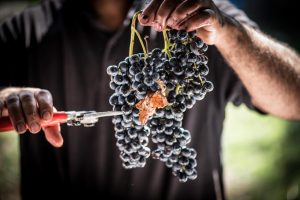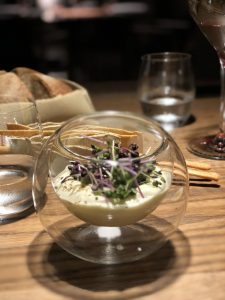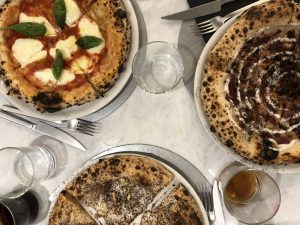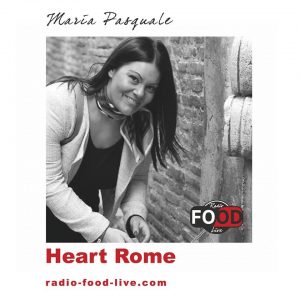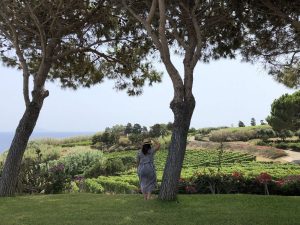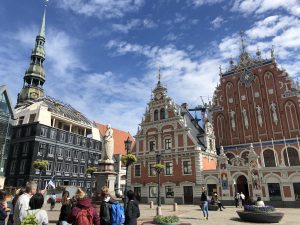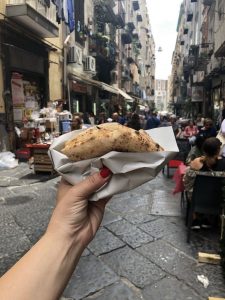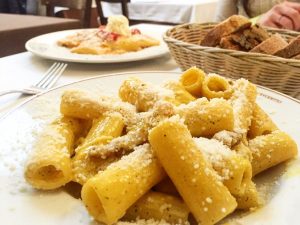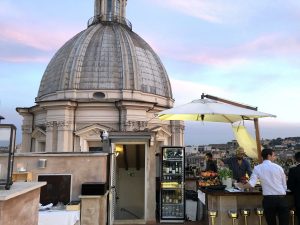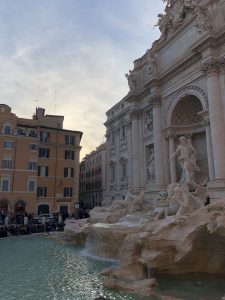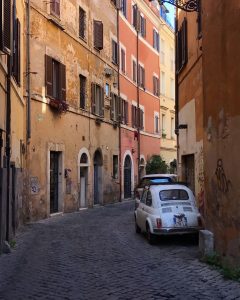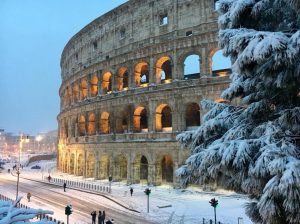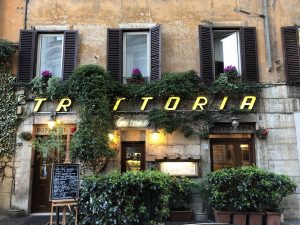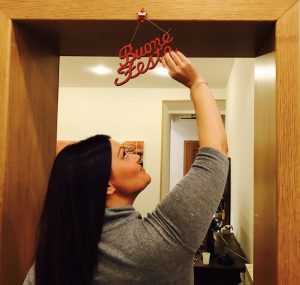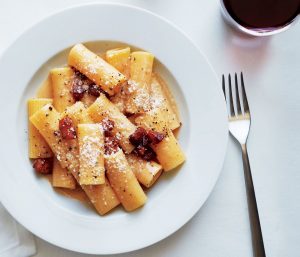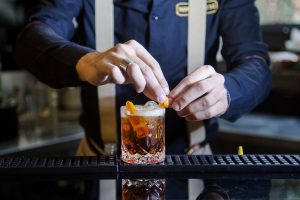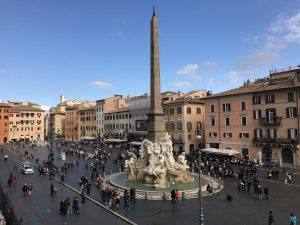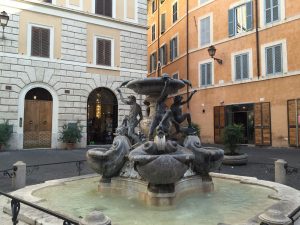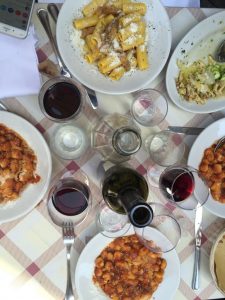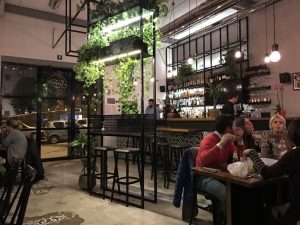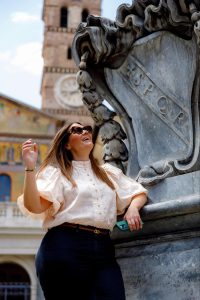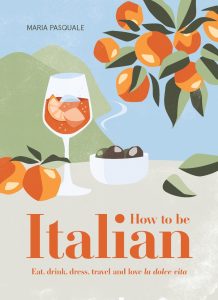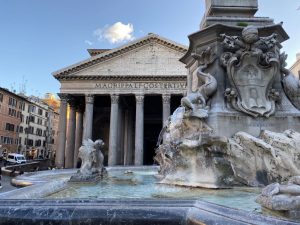This week, I was a guest of Eating Italy Food Tours at their new, Italian Food and Wine Journey.
This new and exciting venture brings together a certified Roman sommelier, a cozy little restaurant tucked right away from the tourist hordes, a lot of wine and up to 8 food and wine enthusiasts with an appetite (or should I say, thirst!) to learn.
Marco Lori, our consummate host and Eating Italy’s passionate sommelier, guided us through 6 courses and 6 different Italian wines. From prosecco right through to dessert wine, in a fun and relaxed environment, he taught us how to match food and wine and how to find the perfect pairing.
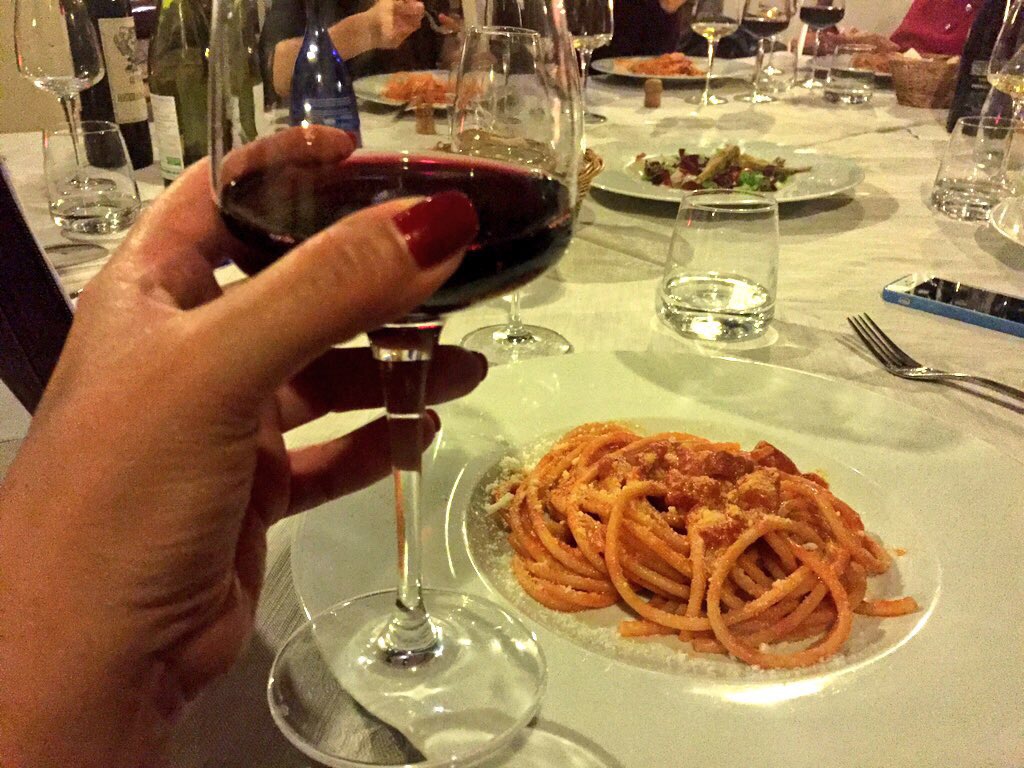
Ok, so the truth is – as most of you know, I am the PR and Social Media Director for Eating Europe Tours (which encompasses food tour and cooking / wine class operations across Rome, London, Amsterdam and Prague).
This means that yes, I was a guest blogger but it also means that as part of my job with them, I had tried the course before. I was involved in about 4-5 trials to get the course just right.. And that’s exactly what it is in its current form – a perfect way to spend an evening in Rome learning all about Italian food and wine and how they go hand in hand. (Needless to say, we lost count of how many bottles we went through in the process – all in the name of developing unique and authentic food activities for visitors to Rome).
Here are 10 things I learnt:
1) Finally a science I like!
Food and wine pairing is not as simple as red wine with red meat, white wine with fish. There is a science behind it and you don’t need to be a sommelier to work it all out.
2) Grapes galore!
Italy has over 1200 indigenous grapes (9; which approcimately 400 are used to make wine) and surprisingly – and despite perception – the number in France is only in the hundreds.
3) Italy rules when it comes to wine production
Every single region in Italy produces wine. It is one of the only countries in the world that can lay claim to such a vast production and market.
Italy produces (and sells) approximately 400 million bottles of Prosecco.
5) France v Italy
Italian sparkling wine in the form of Franciacorta and Trento DOC forms of champagne but can’t be called Champagne because this is a French trademark.
6) Grapes for Chianti
The grape used to make Chianti or Chianti Classico wines is called Sangiovese and it accounts for 75% of the wine makeup. 
7) Sangiovese grapes
Sangiovese is not only found in the region of Tuscany but all over Italy and is mainly used for Chianti production.
8) What does a rooster have to do with Chianti?
All DOCG (trademarked) Chianti Classico wines must feature a black rooster symbol. The symbol originates from a horse race battle for land between Florence and Siena that took place in the 1400s.

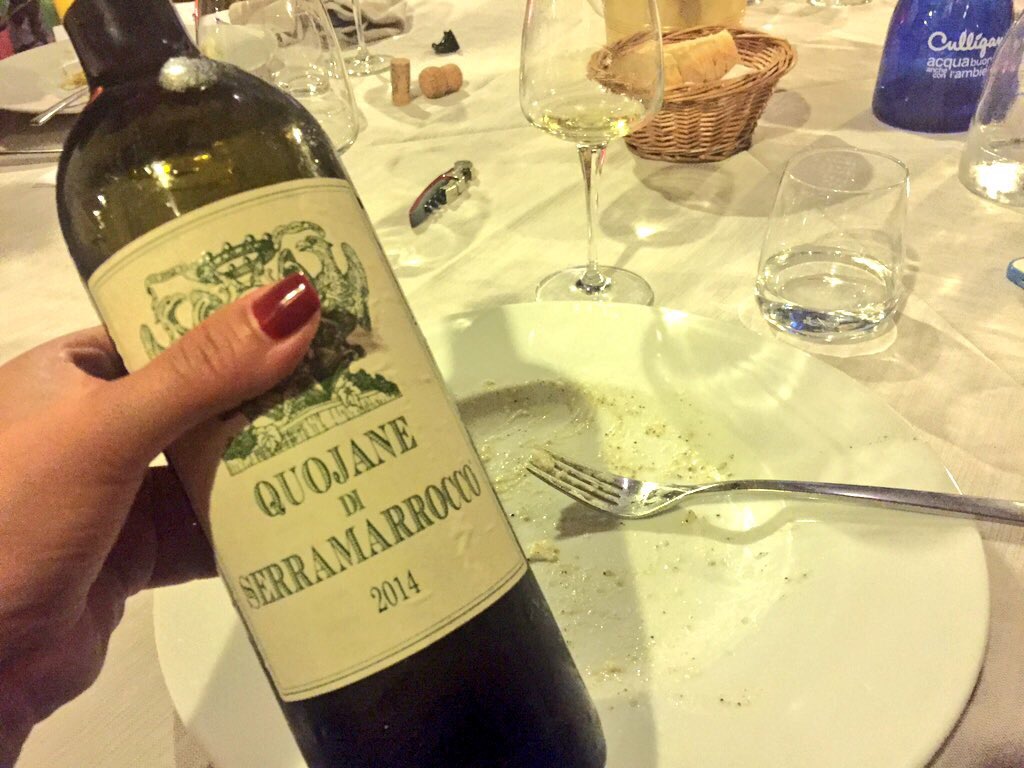
9) Montepulciano or Montepulciano?
Vino Nobile di Montepulciano and Montepulciano d’Abruzzo are two different wines. The first originates from Tuscany, the second, Abruzzo.
10) Pasta is just pasta. Or is it?
There are just under 130 different types of pasta made in Italy. That’s a lot of variety and it wouldn’t be right if they were all washed down with the same wine; different foods, tastes and textures call for a wine balancing act.
Eating Italy Food Tours’ Italian Food and Wine Journey is currently running twice weekly with more dates opening. The cost is €80 which includes a 6 course Italian meal, 6 wines, a Wine Lover’s Guide to Rome (with pairing tips, tricks and a list of where to drink wine in Rome) and the ever friendly and entertaining sommelier Marco Lori who guided you through the dinner.
Bookings can be made right here: http://www.eatingitalyfoodtours.com/rome-wine-tasting/.
Whether you live in Rome or are just visiting, if you’re looking to brush up on your wine knowledge and learn how to pair food and wine perfectly, get ready for a truly unique and unforgettable experience.
Signing off from Trastevere,
Baci Maria

